#Tôru
Text
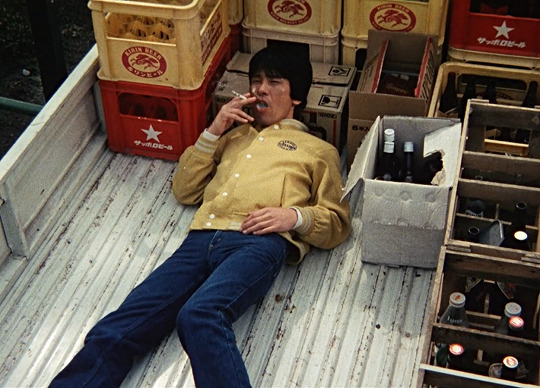

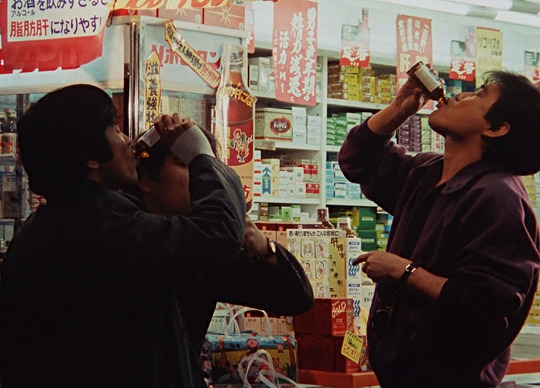


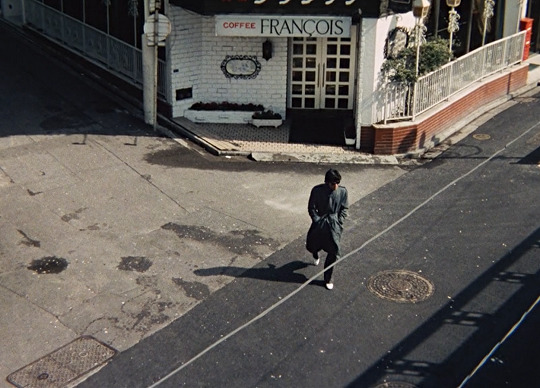

Ryûji (1983) // dir. Tôru Kawashima
59 notes
·
View notes
Photo


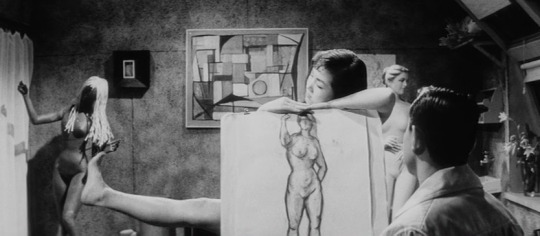

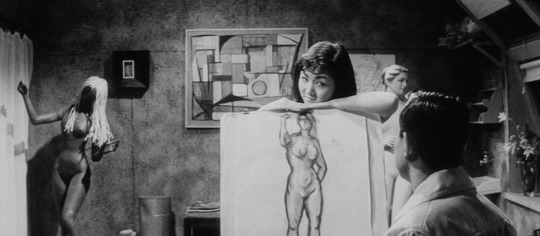
Underworld Beauty | Seijun Suzuki | 1958
Mari Shiraki, Tôru Abe
260 notes
·
View notes
Photo
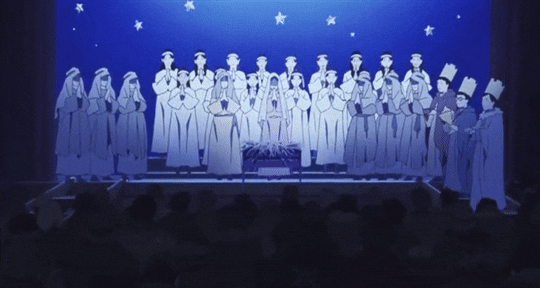



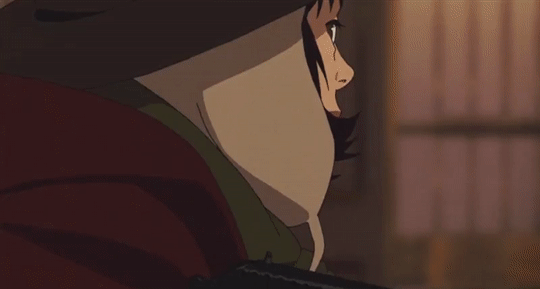
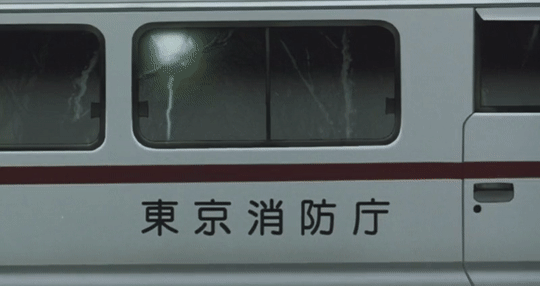
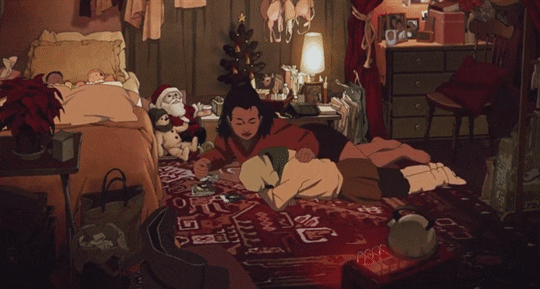
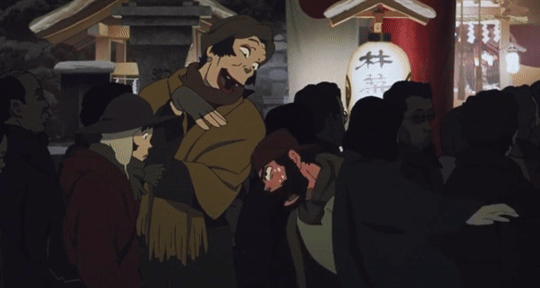

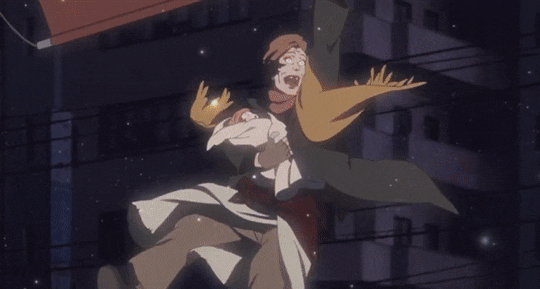
東京ゴッドファーザーズ | TOKYO GODFATHERS (2003)
dir. Satoshi Kon
One Christmas Eve, three homeless people – a middle-aged alcoholic named Gin, a transgender woman named Hana, and a teenage runaway girl named Miyuki – discover an abandoned newborn while searching through the garbage for presents. Deposited with the unnamed baby is a note asking the unknown finder to take good care of her and a key, leading to a bag containing clues to the parents' identity. The trio then sets out to find the baby's parents.
(link in title)
#lgbt cinema#trans cinema#tokyo godfathers#japanese cinema#satoshi kon#lgbt#trans#japan#lgbt movie#trans movies#japanese movie#lgbt film#japanese film#trans film#trans media#queer cinema#asian cinema#east asian cinema#tôru emori#yoshiaki umegaki#aya okamoto#2003#00s#2000s#00s movies#00s film#2000s films#2000s cinema
421 notes
·
View notes
Photo




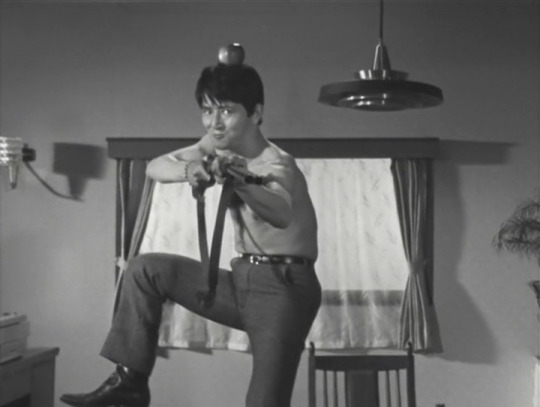
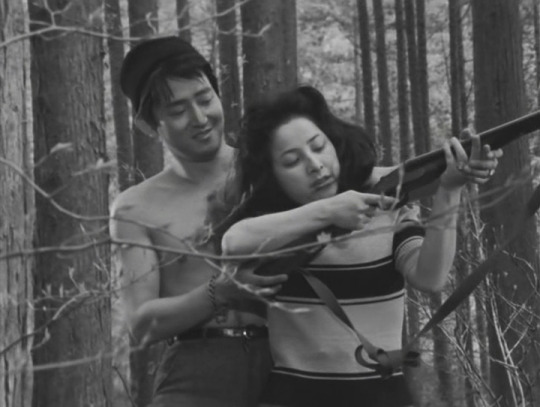




Good Evening Dear Husband: A Duel (Seijun Suzuki, 1968)
#Good Evening Dear Husband: A Duel#Seijun Suzuki#Suzuki#films watched in 2023#1968#cinco#japan#guns#black and white#facepalm#Aisaikun konban wa: Aru kettou#Manami Fuji#Kazuo Nagayama#Kôichi Yamamoto#Tôru Ôhira
107 notes
·
View notes
Photo
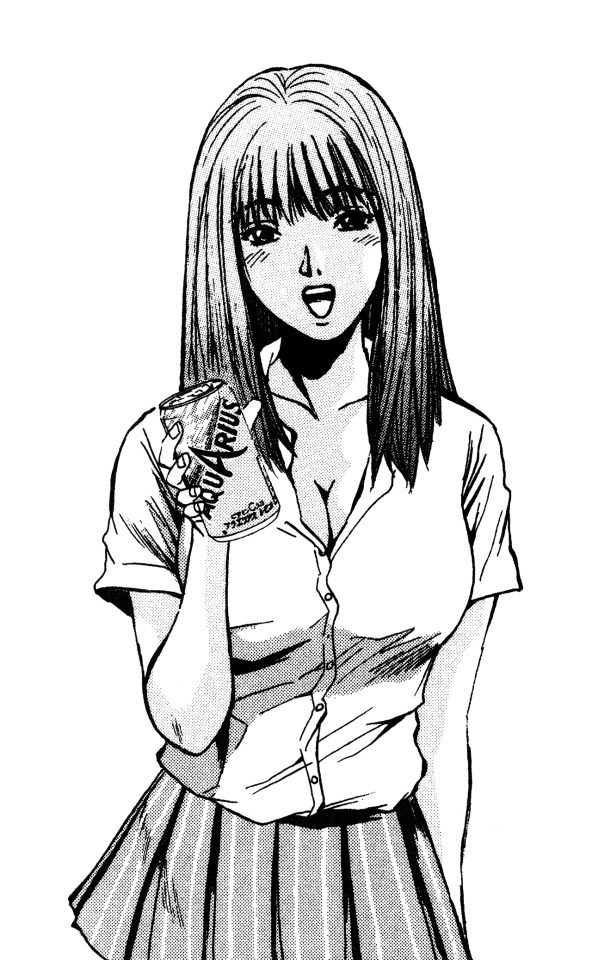
Scan from GTO by Tôru Fujisawa.
Click the link for HD scan.
95 notes
·
View notes
Text
Ryuji (1983)


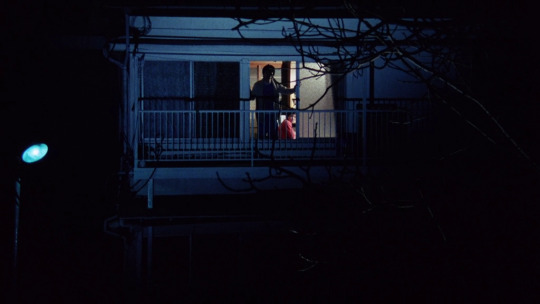

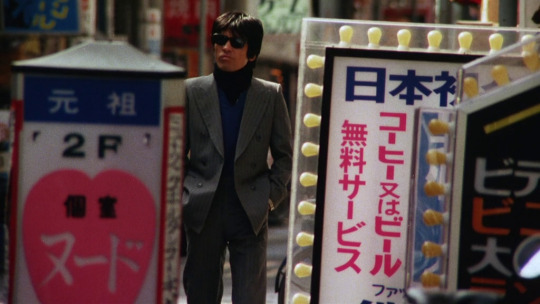



竜二 Ryuji (1983)
directed by Tôru Kawashima
cinematography by Michihiko Kawagoe
#竜二#ryuji#japanese cinema#japanese film#stills#1980s#tôru kawashima#shôji kaneko#eiko nagashima#asian film
24 notes
·
View notes
Text

Bad movie I have Women in Prison 1978
#Women in Prison#Erina Miyai#Natsuko Yashiro#Tôru Ibuki#Yûsuke Kazato#Satoko Aikawa#Midori Mori#Kenji Shimamura#Tayori Hinatsu#Kôzô Murao#Beniko Iida#Yûko Araragi#Kyoko Togawa#Yukiko Tachibana#Mikiko Sakai#Kôji Yashiro#Etsukô Âshikawa
1 note
·
View note
Text
GTO
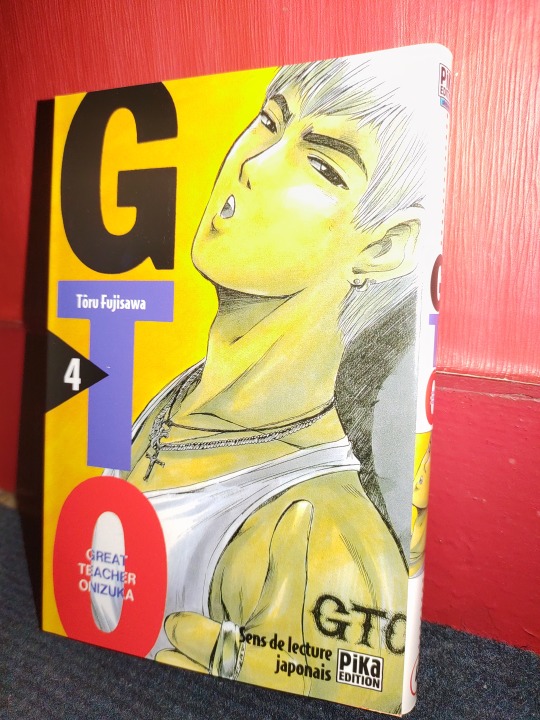

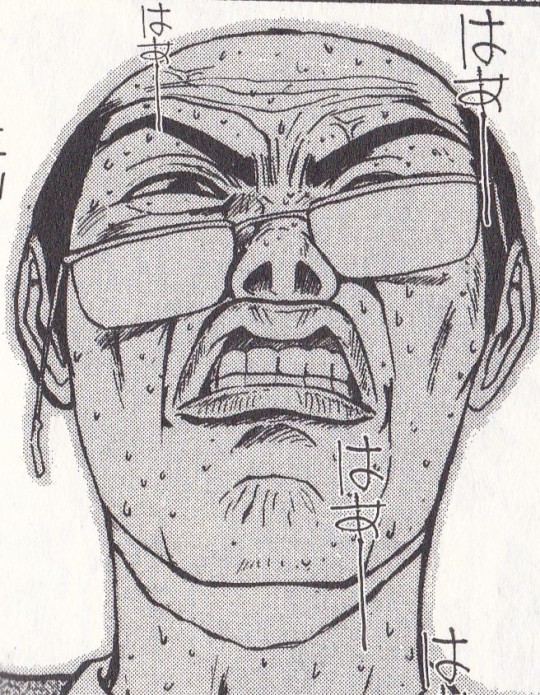
Le prof hors norme.
Onizuka prend en charge une classe de lycéens à problèmes en tant que professeur principal et construit une relation de confiance avec ses élèves grâce à sa "méthode" d'enseignement unique. Une pensée tout de même pour le pauvre sous-directeur.
1 note
·
View note
Text
Here is a completely random example to show how absolutely fucking weird the Fandom wiki is.
Made Up Shit Is Okay...

Adachi's Fandom Wiki entry includes a bit about the reference to him on the cop drama on TV, but it also says that the detective in the drama is named "Sakyo Hinoshita".
I have no idea where this name comes from. If you google "Sakyo Hinoshita", you get 3 results, 1 of which is Adachi's Fandom Wiki page:
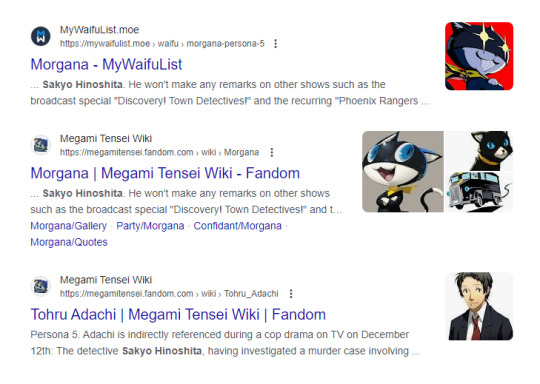
One of which is Morgana's page, where the name also comes up, but this time with sources:

However, if you look at the sources, one is a Japanese artbook that mentions Morgana likes the cop drama, but neither of them mention a "Sakyo Hinoshita".

(Arrow part just says "Likes cop dramas".)
Trying to Google "Sakyo Hinoshita" (I tried 照下土竜佐京 [Hinoshita Sakyou] and a few others) + ペルソナ (Persona) also yields nothing.
As far as I'm concerned, this is completely made up, but it is on the current version of Adachi's Fandom Wiki entry.
...But Factual Shit is NOT Okay
If you look at Adachi's infobox profile on his Fandom Wiki entry, it says the following for his name:

透 or とおる being romanized as "Touru" is based on what, exactly?
In the English game, it's written Tohru. On some Japanese products, they remove the double vowel and just write Toru.
What romanization style is "Touru" even supposed to be? In hepburn, it would be Tōru. In both nihonshiki and kunreishiki, it would be Tôru. For word processing (e.g. when entering on a keyboard), it would be Tooru. I don't know shit about "spoken language-style" (JSL), but I believe it would be Tooru there too.
Now, this might seem like a simple mistake that one should be able to fix, right? Okay, well, no; the history page tells a different story.

People have tried to fix this and it gets reverted.
...and the user who is reverting it IS A FUCKING ADMIN LMAO.
And really, this is just one small example of "Made Up Shit Ok, Factual Shit Bad". I just do not know what you're supposed to think here lol.
21 notes
·
View notes
Text
rizzing up your cute in-flight neighbour - oikawa x reader (fluff)
PAIRING. post-timeskip!oikawa x gn!reader
LENGTH. 1.7k words
CONTENT. fluff, fluff and more fluff
SYNOPSIS. your cute in-flight neighbour has airplane ear so you help him out. in return of your noble help, he offers you a shoulder to sleep on.
-
Good afternoon passengers. This is the pre-boarding announcement for flight 88X to Tokyo. We are now inviting those passengers with small children, and any passengers requiring special assistance, to begin boarding at this time. Please have your boarding pass and identification ready. Regular boarding will begin in approximately ten minutes time. Thank you.
You present your passport and boarding pass to the flight attendant with a quick smile, and start looking for your seat down the narrow corridor. 31A. There it is. You hike up your luggage and settle down in what will be your seat for the next hours. You take out the magazine neatly strapped on the back of the front seat. Perfumes, watches and luxury are tidily presented in hopes to be bought aboard. As you’re looking through the magazine with much fascination, someone starts settling down next to you. You look up and can’t help but hold the stare. A tall guy, in his early 20s, maybe mid 20s? Arms stretching up with grace, he rises his luggage up next to yours. As he closes the compartment door, your eyes meet. A pair of glasses sits neatly on top of his sharp nose. His eyebrows rise up as if he saw something pleasant. You exchange polite nods, and quietly keep yourself busy whilst the plane fills up with passengers. The plane slowly drifts towards the departure runway, and is soon enough at high altitude after a smooth take-off. But when you glance at your neighbour, you realise he might disagree with that last part. Gaping and closing his mouth, it becomes pretty evident that he is not doing a dying fish impression, but is in fact hopelessly trying to unblock his ears. A stifled laugh escapes your mouth and his cheeks turn pink in embarrassment.
‘I always get terrible airplane ear no matter how many times I’ve flied…’ His voice is unexpectedly soft. It is quite charming.
‘Oh no, it’s too bad I don’t have gum.’ You pause. ‘How about you try pinching your nose and exhale instead?’ You act out the gesture. ‘It usually does the trick for me.’ Your neighbour pinches his nose.
‘Like this?’
‘Yes’ you chuckle at his nasally voice. ‘Don’t exhale too hard though, you could faint.’
‘What?’ he says dramatic and alarmed, nose still pinched.
‘Exhale in one go, just not too hard.’
Mustering his courage, he exhales sharply. A second passes. You’re inquisitive. He whips his head towards you, and flashes you the purest, most beaming smile. ‘It worked!’
In exchange of your noble help, he grants you his name. Oikawa Tôru. You tell him yours, and his big brown eyes glitter even more, like he is engraving it somewhere in his mind for good. He is visiting his family. You’re surprised to learn that he’s Japanese, but has the Argentinian citizenship with work. You want to inquire what his job is, but he halts you.
‘How about you guess instead? I don’t want to share too much right off the bat. It kills the mystery, you know?’ He is obviously getting comfortable as you talk, but you don’t mind. Rather, you quite enjoy his playfulness. Like a mischievous kitten.
He doesn’t want to share too much about himself, but he does inquire a lot about yourself. You explain to him you’re on a trip to meet a business partner, how it’s your first time going to Sendai, and you conclude that in addition to his outrageous good-looks, he’s also an awfully good listener.
‘Isn’t it difficult for you to travel such long distances for work?’ he asks.
‘Hmm. Not really, I like it. Taking the plane or the train. I can fully enjoy my music, my own company, or a book I’ve been wanting to read but didn’t have time for. And be cut off from the world for a few hours, you know?’
‘Oh I totally understand, I’m the same,’ he smiles apologetically, ‘I hope I’m not impeding on your alone time.’ You could’ve not dismissed the assumption any faster. You tell him you don’t mind the conversation. Not the slightest.
You chat about all sorts of things, from your favourite travel spots to the best type of pastries (you’ve noted that his is definitely milk bread). He mentions his bratty nephew, and how excited he is to see all his family again. Through the happy chatters, the sun has set and the sky is turning a deep shade of blue. The sea of clouds is so beautiful, you urge on Oikawa to take a peak through your window as well. He’s not sure about leaning so much over your seat, but you encourage him so cheerily that he complies. Your hand shields the window so that he can see better and he slowly bends closer. Before you realise, his neck is stretched long and graceful before your face. You feel the heat of his skin radiating on you, and something gently stirs in you. Letting go of the breath you’ve been unnoticedly holding in, you catch a whiff of a sweet, sweet scent. His cologne? Deodorant? Perhaps laundry detergent. You can’t tell, it’s so faint. You’d like to smell it more attentively, but he breaks the silence and affirm ‘It is very pretty, indeed!’ He looks a bit silly admiring the view in his uncomfortable position. He’s trying his best not to accidentally touch you, afraid of making you uneasy. He promptly shifts back into his seat before you can even say anything else. Both suddenly shy from the earlier proximity, the upbeat march of your conversation falls apart, and you eventually go quiet.
You’ve opened one of the books you’ve brought aboard whilst your seatmate has picked a movie to watch. Looks like a romcom. Cute. You read away with your little lamp. Your book this time is a historical fiction based on Greek mythology. The story takes you across sunny islands and green cypress and olive trees. But you catch yourself feeling increasingly drowsy. The fatigue that’s been building up the entire day is finally catching up on you. Your eyelids are heavy, like weighted velvet curtains. Book still clutched in one hand, you drift into a peaceful slumber, having dreams you know you won’t recall. Oikawa notices too that you fell asleep, when you softly meet the plush of his arm. Your head has been gently wobbling around until it found something it could finally lean on. In contrast to your graceful sleep, Oikawa’s in absolute panic. Red in the cheek, a solid minute has passed and he does not know a thing that has happened in his movie. Your hair is tickling him but he can’t do anything about it, too afraid of waking you up and scaring you away, like a cat that leaves your lap as soon as you move. So he just sits very still.
Being sat for so long, and listening to your deep breaths makes him, in his turn, uncontrollably sleepy. It is almost 2AM. He yawns wide, eyes tearing up. He guesses getting some shut-eye would be nice, and soon after taking his glasses off, you’re both sleeping like little babies, head on top of each other. Somehow, you know what’s happening despite being asleep. You can feel the softness of his strands falling on your forehead, his breathing that has synched up with yours, the slow rise and fall of his warm chest. You don’t move away the slightest, and let him rest heavy against you.
6 hours later and you wake up completely disoriented. You have never slept for so long on a plane. As soon as you unglue yourself from your human pillow, said human pillow also wakes up in a startle. You look back at him. You’re both in close to the most ungraceful state one could be in around someone they fancy. Your clothes are wrinkled and full of static, your hair dishevelled, eyes painful to open. And you both stare at each other with the frown of freshly awoke people.
And you laugh.
Oikawa looks down and also lets out an adorable smile. He just might have found his forever nap partner. He’s not one to fall asleep easily, lest next to a cute stranger. And yet here he is, fully recharged and glowing after a good night sleep. The rest of the passengers are still deep in slumber so you just chat through smiling whispers till the plane slowly wakes up.
The plane lands at the crack of dawn. You two are bound by the hip, and if one didn’t know better, they’d think you were traveling together from the get-go. As soon as you step out the plane, you stretch your limbs and enjoy the sweet silent bustle of a morning airport. Oikawa leaves his small luggage next to you and goes on a quick trip to the bathroom. Whilst you’re waiting for him, a flight attendant walks up to you and gently taps on your shoulder. She’s about your age so there’s an unspoken comradery between you. She says all smiles:
'Sorry to bother you, I was on your flight earlier and thought you might like seeing this". She shows you her phone with a picture of Oikawa and you, sleeping together tucked under the blankets. 'I really apologise for taking your photo without your consent but my crew and I thought you guys were so cute and couldn’t help but snap a pic… I’ll delete it if you’re uncomfortable with it!'
You thank her for being so sweet and tell her you’d really like to have the picture, which she promptly shares with you. As she bids you goodbye and a pleasant stay, Oikawa comes back, curious about your interaction. You show him the pic to which he only answers a quiet 'Oh.' But you can see his ears turn pink and he coyly asks you for a copy too. You laugh,
'Only if you buy me breakfast, I missed the catering because you didn’t wake me up!'
'How is that my fault?” he asks bewildered, “I missed the flight’s meal because you didn’t wake me up!'
You two bicker like toddlers, bumping into each other whilst making way to the airport’s Café.
He bought you breakfast.
#oikawa fic#oikawa#oikawa toru#oikawa x reader#haikyuu#fluff#airplane#oikawa scenarios#gender neutral y/n#oikawa toru x you#fanfic#oikawa tooru#imagine#oneshot
146 notes
·
View notes
Text
Let’s talk about Hyrule’s bestiary, shall we?
Tears of the Kingdom, and by association, Breath of the Wild makes this implication that all of Hyrule’s monsters are not a side effect but instead, a deliberate action of Ganondorf and his evil intentions, his malice and gloom. In fact, we quite literally see this in the Tears of the Kingdom trailer, and we see this in an in-game cutscene wherein he commands his monsters to rise up. Which, this isn’t the first time that a Zelda game ever suggests the presence of evil commands the existence of monsters, but I argue that this is a story beat that falls flat and in fact, I think there should be something more to these monsters’ existence; after all, this is a game series that reflects Miyamoto’s youth, mirroring his adventures in the Kyoto countryside, his discovery of that cave and his days-long hesitation to explore the inside of it.
The creator and executive producer of many of our beloved Nintendo franchises, Zelda is one of the purest representations of Shigeru Miyamoto, but more importantly, it represents his faith and his relationship with Shintoism. Shintō - the way (tō) of the gods (shin), is a broad, native-based faith that draws focus around remaining in touch with and respecting the kami, that is, gods, the nature spirits, or perhaps the spiritual energy, that are believed to inhabit all things: nature, animals, landscapes...
They are, essentially, the soul of everything.
Miyamoto actually lives close to the Fushima-Inari shrine, a beautiful place of worship at the base of a mountain (also called Inari) dedicated to one of the most familiar kami, Inari, (short for Ine Nari, or Ine ni Naru -- the reaping of rice) who is the god and protector of rice cultivation. Miyamoto has a very personal connection to Inari, believing this nature spirit to be his guardian angel. This shrine is considered to be the head shrine, the big boy among the other thirty-thousand other shrines dedicated to Inari across Japan. The shrine has been around since at least 711AD and is where billions of people have come to pray for a bountiful harvest, prosperity in personal endeavors, the safety and thriving of their family and loved ones, and protection of their home. Worshippers will trek through the approximately eight hundred Senbon Torii, these beautiful Torii gates that are erected in honor and deep thanks by those who have prayed at the shrine and have had their desire or wish come true.
I mention all of this in a post about Hyrule’s monsters because it’s this real-world inspiration that permeates Miyamoto’s video games, informing his game design philosophy. Something particularly iconic about Star Fox 64′s levels, for example, are the many arches you can fly your Arwing underneath and receive health rings or power-ups as a secret bonus reward. This is a direct reference to the Torii gates at the Inari shrine.
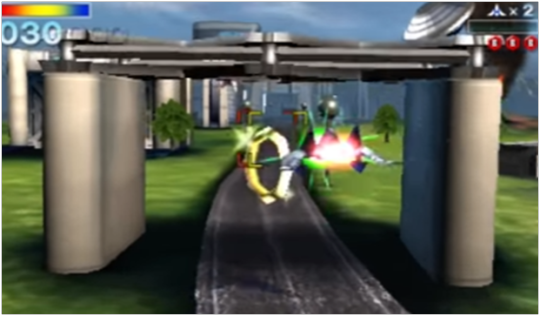

Purity is a very important component when it comes to Shinto rituals, such as kagura, a traditional dance that is meant to establish and maintain the perfect balance between nature, humans, and deities. Impurity, or more specifically, pollution is driven away by these rituals, as Shintoism suggests that it is considered a contamination and obstruction to the flow of life and thus the blessings from the kami.
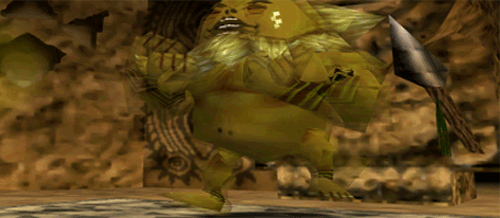
Tôru Ôsawa introduces this concept very, very effectively in Ocarina of Time. Young Link’s adventures across an untainted and pure version of Hyrule introduce us to two nature spirits, two kami, who are integral to the flourishing of their elemental domains. The Great Deku Tree and Lord Jabu-Jabu, both are honored as patron deities amongst their respective tribes. The Great Deku Tree embodies the eternal life, endless youth, and boundless spirit of the mysterious forest and Lord Jabu-Jabu is thought to protect the health and clarity of the water that runs down Zora’s river and crawls through the country, providing Hyrule with fresh drinking water -- the source of life itself.

The early part of Link’s adventure introduces us to these kami. When we begin the game we are introduced to the Great Deku Tree, who has fallen ill after being cursed by Ganondorf, and we are required to travel inside of this great nature spirit and purify him, destroy the monsters, rid our tree-daddy of the impurities inside of him, and cleanse this deity’s soul. When we are almost at the curtain-close of Young Link’s act, we travel inside another kami who is rife with pollution, and as Link, we must heal Lord Jabu-Jabu, who has also become “green around the gills” following a terrible encounter with Ganondorf.
While it’s not subjected to the same anthropomorphization of the other two kami, we know that Death Mountain is alive in its own right. Kaepora Gaebora once whispers to us that the state of the mountain, its mood and its health, can be determined with one glance up at the cloud that crowns Death Mountain’s summit. When Link is a child, he must explore the inside of Death Mountain, purifying one of its many caverns by eliminating the monsters that are infecting it like a virus. Large, dangerous boulders roll down the mountain face and threaten the safety of the sleepy Kakariko Village nestled at the foot of the mountain. These are all symptoms of the natural balance being skewed, of course, brought upon by Ganondorf’s wicked demands not being met.
The beginning of the game doesn’t just introduce us to the controls, pivotal characters and how the world of Hyrule works, but it also establishes this Shinto concept that there is supposed to be a perfect balance between nature, humans, and deities. In fact, this is symbolized in the Spiritual Stones that we collect as we unite and purify forest, water, and fire. While we’re on our journey of healing, we as the player are painted a perfect picture of what a healthy Hyrule looks like – what it should look like.
We know what happens next.
Shintoism doesn’t really promote any commandments for followers to live by in the same ways that a western, Christian-based faith might expect, instead only suggesting that the idea of living a simple and harmonious life with nature and people and is quite simple when adhering to the four affirmations of the Shinto spirit:
Love of nature; nature is sacred, to be close to nature is to be close with the kami
Family and tradition; the family is the primary mechanism by which traditions are preserved
Physical cleanliness; followers of Shinto take baths, wash their hands, and rinse out their mouths often.
Matsuri; to participate in festivals in which worship and honor are given to the kami.
While they aren’t particularly “good” or “evil”, kami are imperfect creatures and there are ways to upset them. Negative actions such as living outside of these four affirmations of the Shinto spirit and thus not living a simple and harmonious life with nature and people, or committing negative actions or evil deeds referred to as “kegare”, (literally meaning “dirtiness”), are an equivalent to committing a sin in the eyes of the kami. While most kami are usually fun-loving, benevolent and quite forgiving, there are kami who make mistakes or are quick to rash actions, and some may actively try to hurt people should they feel disrespected or taken for granted.
For instance, if a life is taken without gratitude for this ultimate sacrifice, the soul might experience “urami”—that is, it will hold a grudge. During the spirit’s ongoing rage and pain, it transforms into an aragami: a powerful and evil kami that seeks revenge.


By the time Link wakes up seven years later, Hyrule no longer resembles that perfect picture of harmony with nature, the deities, and humans. There’s a terrible gloom settled into most of the major locations of Hyrule that gives off this desolate, dying feeling to the rest of the country. Everywhere you look, dark clouds hang over the once vibrant skies of Hyrule; the forest is infested with wicked monsters that trap the Kokiri children and their fairies in their homes. Death Mountain is angrier than ever with the ring of clouds blazing with fire as a ferocious dragon now inhabits the volcano. The lake has dried up and Zora’s domain is completely frozen. All the while, a violent and vengeful shadow looms over Kakariko Village.

What can be misleading about this part is Rauru stating outright, that Ganondorf’s evil powers radiated from the temples of Hyrule, which kind of suggests what’s happening to the very nature of Hyrule is coming directly from Ganondorf himself as if he’s waving his hand and infecting these temples directly. However, I don’t believe this is the case. This is because of what I’ve established earlier, that due to the mistreatment of Hyrule itself; the balance between nature, humans, and deities has been skewed, the very land as a whole began to sour.
So yes, Ganondorf’s evil power did radiate from the temples, because these were places of worship, sacred temples that belonged to each of the races of Hyrule. Shrines to give thanks to the lands that take care of them, to show appreciation of one another, and to look up to the gods with gratitude. He stole something holy, and thoroughly abused it, disrespecting the Goddesses, abusing the nature of this beautiful country, and caused a horrible rift between the tribes who inhabit Hyrule, and as a result Hyrule rotted. Where gentle nature spirits once roamed, now only horrible monsters remain.
I don’t really believe that many of the monsters that infest the temples and attack Link among his journey are Ganondorf’s servants per se. Certainly, the Iron Knuckles are perhaps one of the only examples of proof of loyalty to Ganondorf’s cause, and even then, with proof of the (probably brainwashed) Gerudo warriors nestled inside of them, I’m not even sure you can call them monsters, anyways.
Why do I think this, then? Well, for starters…
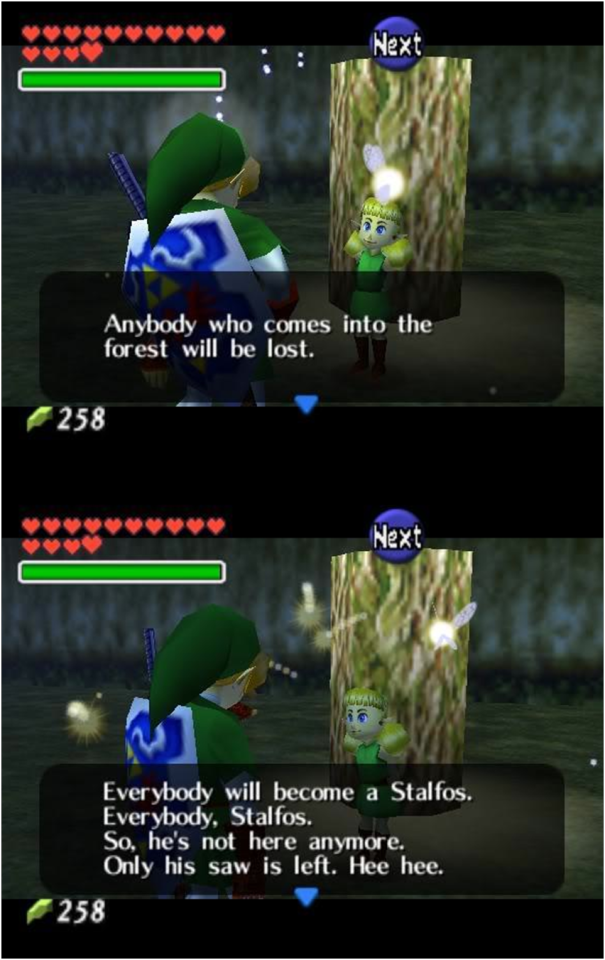
Are we to take Fado’s words to mean that as soon as Grog transformed into a Stalfos, he marched out of the forest and joined up with Ganondorf’s ranks? That’s a cartoonish thought, and while it is possible, it really contradicts with what Fado says specifically: that anybody that comes to the forest will be lost.
Lost is the keyword, there. You see, in a 1999 interview with 64Dream Magazine, Yoshiaki Koizumi, confirms that upon transforming into a Stalfos, Grog instead wandered off to the Forest Temple to live there. He also confirms that this is what happened to the child who stalks around the graveyard in Kakariko, the one who wishes to look scary, just like Dampé. According to Koizumi, five years after Ganondorf obtained the Triforce, the little boy left Kakariko in search of his missing father. Upon entering the Lost Woods, he soon transformed into a Skull Kid, and now fears all adults he encounters.

Even before Ganondorf’s reign of terror, the people of Hyrule were already disrespecting the natural world and its spirits. Taking into considerations the Odd Mushroom that Fado demands back from you upon discovering Grog’s absence because she says it belongs to the forest, or even the Eyeball Frog, who Koizumi confirms in 64Dream Magazine, are often used by those who don’t feel particularly sorry for their sacrifices. Perhaps this is why Stalchildren roam the fields at night, why Peahats often attack any adventurer who wanders too close to their nests, why Skulltulas remain nestled in dark, damp places because even before Ganondorf stole the Triforce, Hyrule was already growing sick from its inhabitants’ greed.
It definitely explains the existence of the Spiders of the Curse…
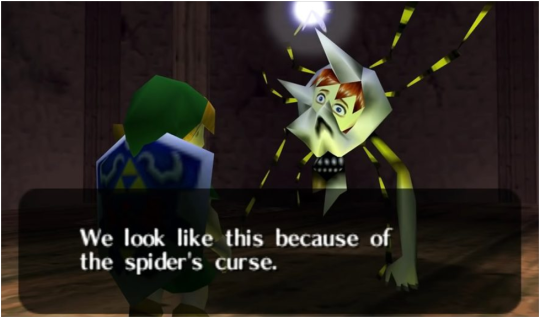
That’s why I feel the idea that Ganondorf purposefully raises the monsters out of thin air to act as his “servants” really takes away some larger nuance and deeper meaning from the Legend of Zelda series, but, hey, that’s just an old boomer’s take.
https://jref.com/articles/shint%C5%8D-the-way-of-the-gods.27/
https://www.bbc.co.uk/religion/religions/shinto/beliefs/kami_1.shtml
https://www.bbc.co.uk/religion/religions/shinto/texts/stories_1.shtml#h2
https://www.zeldadungeon.net/the-divinity-of-jabu-jabu-zeldas-kami/
https://femhype.wordpress.com/2016/05/10/japanese-environmentalism-shinto-the-legend-of-zelda/
https://killscreen.com/previously/articles/unmistakable-influence-shintoism-videogame-history/
https://www.zeldadungeon.net/wiki/T%C3%B4ru_%C3%94sawa
https://zeldauniverse.net/2011/09/14/immortal-childhood/
http://inari.jp/en/
https://en.wikipedia.org/wiki/Inari_%C5%8Ckami
https://en.wikipedia.org/wiki/Shinto
https://en.wikipedia.org/wiki/Fushimi_Inari-taisha
https://crafttabby.com/explore/nintendo-inari
https://www.youtube.com/watch?v=uYPKHbOD_xg
https://www.youtube.com/watch?v=GyUcwsjyd8Q
https://www.neoseeker.com/the-legend-of-zelda-ocarina-of-time/faqs/162138-zelda-64-script.html
https://www.armageddongames.net/archive/index.php/t-61081.html
http://forums.legendsalliance.com/topic/17108-list-of-japanese-translations/
https://www.thehyrulejournals.com/what-we-do
https://www.learnreligions.com/shinto-worship-traditions-practices-4570821
http://plaza.ufl.edu/sroy12/cgs3066/project2/beliefs.html
https://www.patheos.com/library/shinto/beliefs
https://archive.org/details/64dream-April-1999-ozidual/64Dream%201999%2004%20%28J%20OCR%29/page/n89/mode/2up
https://www.reddit.com/r/truezelda/comments/y13iic/some_minor_lore_details_from_the_developers_of_oot/
#The winds that blew across Hyrule brought something other... :: [HEADCANONS]#Land of Myth :: [OCARINA OF TIME]#Tear Stains :: [TEARS OF THE KINGDOM]#Ocarina of Time analysis#Legend of Zelda analysis#totk spoilers#i guess?
12 notes
·
View notes
Photo

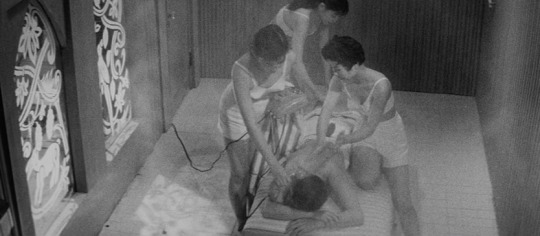



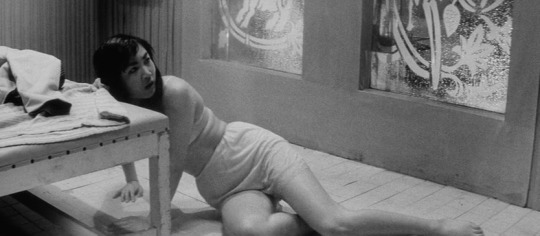
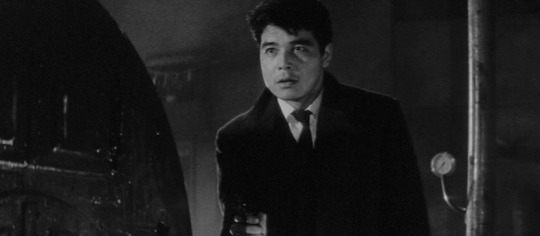
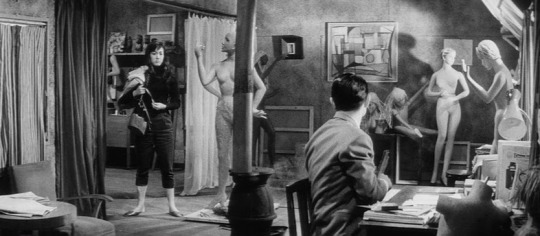
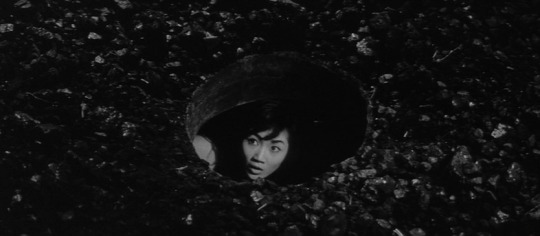
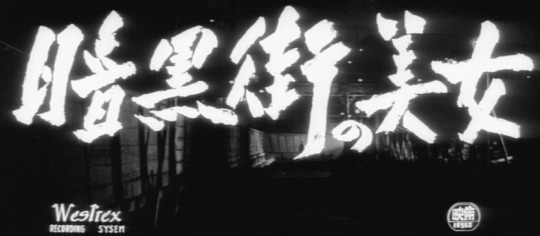
Underworld Beauty | Seijun Suzuki | 1958
#Seijun Suzuki#Underworld Beauty#1958#Mari Shiraki#Michitarô Mizushima#Shinsuke Ashida#Tôru Abe#Kaku Takashina#Hideaki Nitani#Noirvember
26 notes
·
View notes
Text

Underworld Beauty | Seijun Suzuki | 1958
Mari Shiraki, Tôru Abe
24 notes
·
View notes
Photo
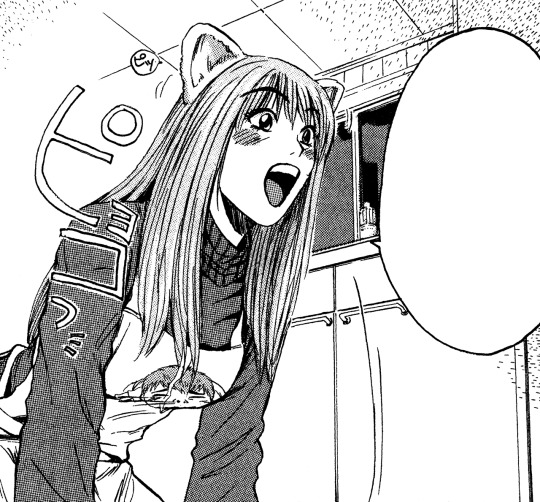
Scan from GTO by Tôru Fujisawa.
Click the link for HD scan.
86 notes
·
View notes
Text
Chi-n-pi-ra (1984)
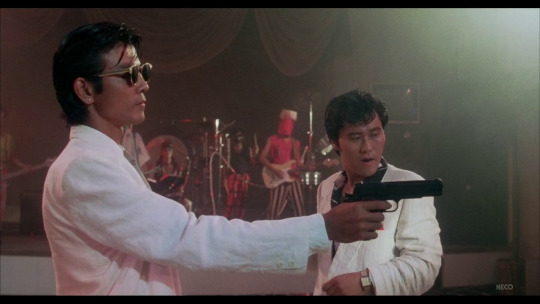
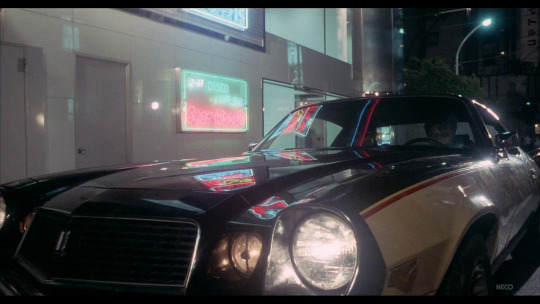
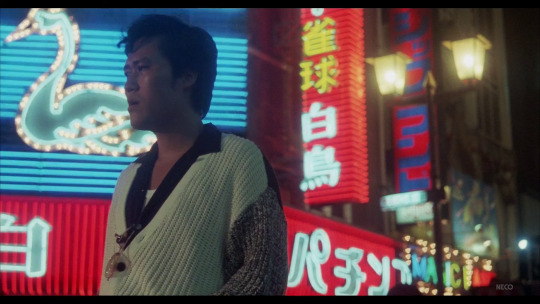


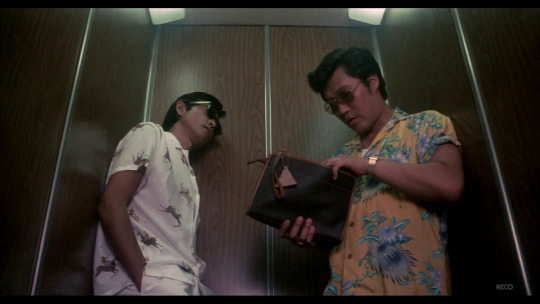





チ・ン・ピ・ラ Chi-n-pi-ra (1984)
directed by Tôru Kawashima
cinematography by Michihiko Kawagoe
#チ・ン・ピ・ラ#Chi-n-pi-ra#japanese cinema#japanese film#neon#city pop#1980s#aesthetics#kyohei shibata#stills#eri ishida#asian movie
316 notes
·
View notes
Text
A JANITOR (2021) Japanese action thriller with trailer
A JANITOR (2021) Japanese action thriller with trailer
A Janitor is a 2021 Japanese action crime thriller about a professional assassin who goes undercover at a school to protect the daughter of a Yakuza boss and fights off nine assassins to save her life.
Directed by Yugo Sakamoto [as Hugo Sakamoto].
The movie stars Seiji Fukushi, Hannya, Wataru Ichinose, Haruka Imô, Masayuki Inô, Saori Izawa, Takashi Kitadai, Tomoya Maeno, Kazuki Namioka, Tôru…

View On WordPress
#2021#A Janitor#action thriller#Aru youmuin#Hannya#Haruka Imô#Masayuki Inô#Saori Izawa#Seiji Fukushi#Takashi Kitadai#trailer#Wataru Ichinose#Yugo Sakamoto
2 notes
·
View notes